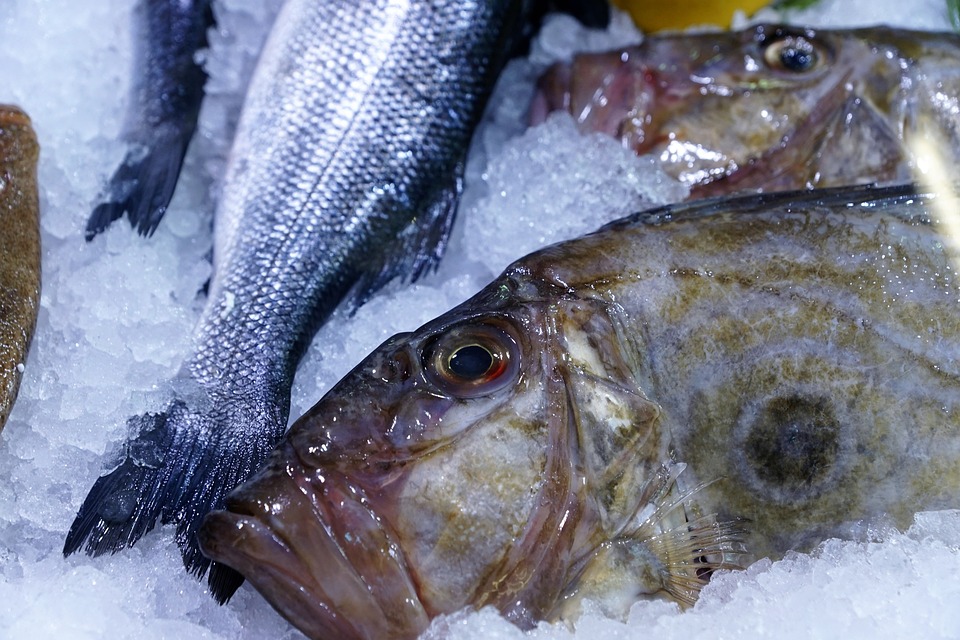Popeye disease, also known as exophthalmia, is a common condition that affects fish kept in aquariums. It is characterized by swelling and protrusion of the eyes, resembling the enlarged eyes of a popeye. Although it can be alarming for fish owners, this condition can be treated effectively if detected early. In this article, we will provide a comprehensive guide on understanding and treating Popeye disease in fish tank fish.
Firstly, it is important to understand what Popeye disease is and what causes it. Popeye disease is the swelling and protrusion of the eyes in fish. It can occur due to various reasons such as poor water quality, bacterial infections, parasitic infestations, nutritional deficiencies, and trauma or physical injuries. Different fish species can be affected by Popeye disease, including bettas, goldfish, cichlids, and guppies.
Identifying the symptoms of Popeye disease is crucial in order to provide timely treatment. Fish with Popeye disease will have swollen and protruding eyes, which may appear cloudy or discolored. In severe cases, the eye may even bulge out of the socket. Other symptoms may include loss of appetite, lethargy, and abnormal swimming behavior.
Diagnosing Popeye disease can be done through observation and visual examination of the fish. It is important to closely inspect the affected fish and look for any signs of swollen or protruding eyes. Additionally, water testing and analysis can help identify any underlying issues such as poor water quality or imbalanced parameters. Seeking professional help from a veterinarian or an experienced fish keeper can also provide a more accurate diagnosis.
Treating Popeye disease involves a multi-step approach. Firstly, it is important to isolate the affected fish to prevent the spread of any potential infections. Improving water quality is crucial in treating and preventing Popeye disease. Regular water testing and maintenance, including proper filtration and regular water changes, can help create a healthy environment for the fish.
Medications and treatments can also be used to treat Popeye disease. Antibiotics may be prescribed to treat bacterial infections, which are a common cause of Popeye disease. Salt baths can help reduce swelling and promote healing. Some herbal remedies, such as tea tree oil, may also be used to treat Popeye disease.
Prevention and maintenance are key in ensuring the overall health of fish and preventing the occurrence of Popeye disease. Regular water testing and maintenance are essential in maintaining optimal water conditions. Balanced nutrition and proper feeding habits can help strengthen the fish’s immune system and prevent nutritional deficiencies. Quarantine procedures should be followed when introducing new fish to prevent the spread of diseases. Stress reduction techniques, such as providing hiding places and minimizing disturbances, can also help prevent Popeye disease.
In the Frequently Asked Questions section, common queries about Popeye disease are addressed. These include whether Popeye disease can be fatal for fish, whether it can cause blindness, how long it takes to treat, whether over-the-counter medications can be used, and whether the entire tank water needs to be changed during treatment. Clear and concise answers are provided to address these concerns.
In conclusion, by understanding the causes, symptoms, and treatment options for Popeye disease in fish tank fish, fish owners can effectively address this condition and ensure the well-being of their aquatic pets. It is important to consult with a professional if unsure about the diagnosis or treatment procedures. With proper care and attention, Popeye disease can be successfully managed, allowing your fish to thrive in a healthy aquarium environment.









